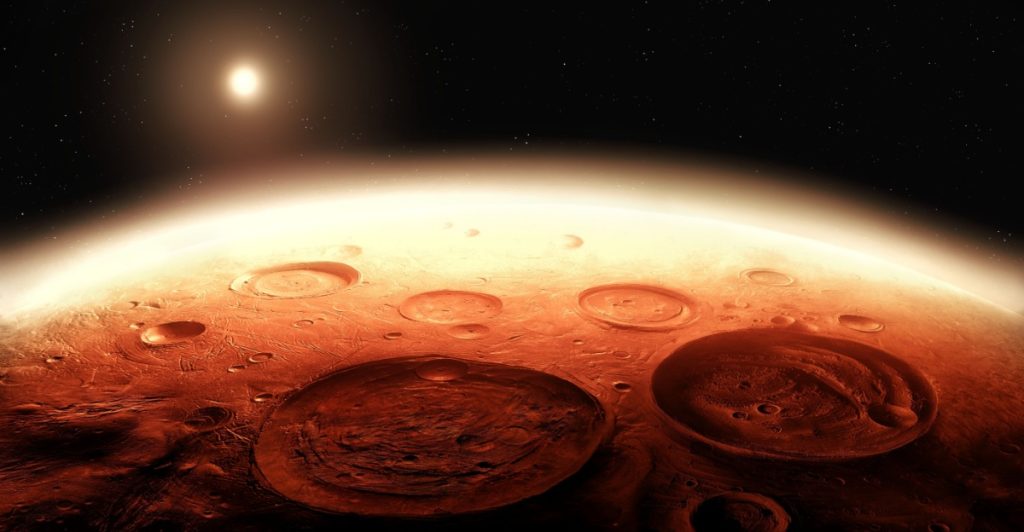NASA’s Perseverance rover has recorded the first confirmed lightning-like discharges on Mars, identifying 55 electrical events within dust storms and dust devils, ScienceAlert reports.
Others are reading now
A new discovery from NASA’s Perseverance rover has revealed that electrical discharges do occur on Mars, settling a long-standing scientific question about whether the Red Planet can generate lightning at all.
The finding emerged from hundreds of minutes of audio recordings taken amid dust storms and swirling dust devils.
Researchers say the detection provides rare insight into the electrical behavior of Mars’s thin, dry atmosphere.
What Mars is
Mars is the fourth planet from the Sun and is often called the Red Planet because of its rust-colored surface. It is a cold, desert world with thin air and large dust storms that can sweep across the entire planet. Mars has mountains, valleys and polar ice caps, and has long been a focus of exploration because it is one of the most Earth-like places in the Solar System. Rovers and orbiters have been studying it for years to understand its climate, geology and potential to support life.
First confirmed discharges
According to ScienceAlert’s reporting on the study, a team led by Baptiste Chide of the University of Toulouse examined 28 hours of sound and electromagnetic data collected by Perseverance’s SuperCam microphone.
Also read
They identified 55 electrical events over two Martian years, including seven that captured a full discharge pattern.
The recordings reveal an initial electronic “blip” caused by interference in the microphone’s wiring, followed by a short ringdown lasting roughly 8 milliseconds.
Each full event ended with the faint acoustic pop of air rapidly expanding — effectively a miniature thunderclap.
To verify the source, researchers recreated similar discharges using a SuperCam replica on Earth, matching the Mars signatures.
Dust storms at work
The analysis found that nearly all events occurred during the strongest winds Perseverance recorded, particularly at the leading edges of dust storms. Sixteen of the discharges took place during encounters with dust devils.
Also read
Most of the observed sparks were extremely small, ranging from 0.1 to 150 nanojoules.
In one outlier, a 40-millijoule event was detected and is thought to have been a charge released from the rover itself into the ground after dust particles built up static on its surface.
By comparison, a single typical lightning bolt on Earth releases around a billion joules — underscoring how different Martian lightning is from what we know on our own planet notes Sciencealert.
Why it matters
The results, published in Nature, mark the first direct confirmation of electrical activity on Mars.
Engineers say this knowledge can help improve designs for future landers and rovers that may need protection from static buildup or small discharges.
Also read
Scientists also note that understanding Martian lightning could refine atmospheric chemistry models, including theories about how electrical activity might influence prebiotic reactions — a subject central to astrobiology.
The researchers conclude that the findings open “a notable field of investigation” into the Red Planet’s weather and electrical environment.
Sources: nature- ScienceAlert’s


